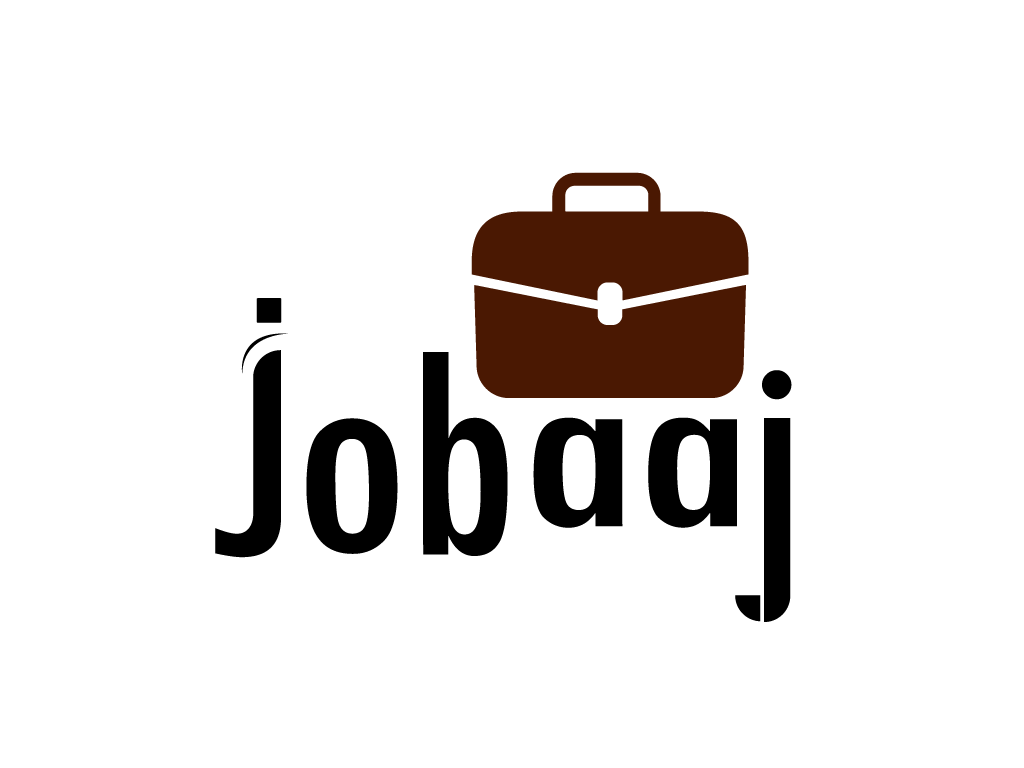The Impact of Price Presentation on Uber Bookings: A/B Test Analysis
INTRODUCTION
One fine Saturday evening, you're planning to go out with your friends. You open your phone to book a ride through Uler. You open the app and see the price for a one-way ride to your nearest cafe. Ride A has a price range between "₹360-₹400," and another Ride B has a fixed price of "₹380." Which one are you more likely to select?
Well, Uler recently ran a test to figure out which price format would make users more likely to book a ride. They tested two options:
- Variant A: A price range (like "₹360-₹400")
- Variant B: A fixed price (like "₹38")
The goal was to find out which format would lead to more bookings and why.
OBJECTIVES
The primary goal of this experiment was to understand how different price display formats impacted user decision-making and the overall number of bookings. The specific hypotheses being tested were:
- Would a fixed price create more certainty and drive higher conversion rates than a price range?
- Could the presentation of price affect user perceptions and, consequently, booking decisions?
FINDINGS
When users see a price range like "₹360-₹400," there’s a feeling of uncertainty. Will the price be ₹360 or ₹400? Or even more? This uncertainty can cause hesitation. It’s like wondering whether you’re about to spend ₹360 or ₹400 on your ride, which makes you think twice before booking.
UX Principles and Psychological Insights
The results of the test highlight several psychological principles at play:
- Uncertainty Effect: When people are confronted with uncertainty, they tend to avoid making decisions. Price ranges, which are inherently uncertain, introduce friction in the decision-making process, causing users to hesitate.
- Anchoring Bias: When users see a range like "₹360-₹400," their minds anchor on the highest price (₹400), leading them to expect a more expensive ride. This bias could discourage bookings.
- Loss Aversion: The fear of overpaying can also come into play. If Uler cannot provide a clear, fixed price, users may fear that they could be charged more than expected.
- Certainty and Confidence: In contrast, a fixed price reduces uncertainty, giving users confidence in the price they are going to pay. This certainty makes the decision to book easier.
RESULTS
Variant B (Fixed Price) increased bookings by 10% compared to Variant A (Price Range). The clarity and certainty provided by a fixed price encouraged more users to book a ride.
Key Takeaways from the Test
- Certainty Drives Confidence: As expected, users preferred knowing exactly what they were going to pay. This simple change eliminated hesitation in the decision-making process.
- Highlighting Discounts Can Increase Perceived Value: To further optimize, Uler could emphasize when the fixed price is lower than usual, creating a sense of value. This can drive even higher bookings, as it plays into the concept of "deals" and "discounts" that users love.
Here the number of bookings for Variant B (Fixed Price) is 10% higher than Variant A (Price Range), which aligns with the hypothesis that presenting a fixed price increases user confidence and booking rates.
CONCLUSION
This case study analyzes the results of this A/B test, using psychological principles and data representation to explore why Variant B outperformed Variant A.
Uler’s A/B test (Uler testing two different price display formats—a price range (Variant A) vs. a fixed price (Variant B)—to determine which one results in more bookings is called A/B Testing in Product Management) revealed an important lesson: certainty leads to action. When the price is clear, people are more likely to take the next step. This simple design choice — showing a fixed price — increased bookings by 10%, proving that sometimes, clarity is the best strategy. The test also showed that highlighting a lower price, when true, can add even more value in users’ eyes, creating a stronger desire to book.
By embracing psychological principles like the Uncertainty Effect and Loss Aversion, Uler was able to make the ride-booking process smoother and more appealing, helping them increase bookings
It's a powerful reminder that little changes in design can have a big impact.
Could you solve it?
Think you can last in the competitive world of Product Management?? No?
Don't worry. Click on the link below to join hundreds of other people who aspire to be Product Managers. With professional instructors working in the industry, you will be able to learn how the competitive world of Product Management works and increase your chances of getting recruited as one!
Join our latest cohort NOW!!
[Disclaimer: This case study is entirely hypothetical and unrelated to real-world situations. It's designed for educational purposes to illustrate theoretical concepts and potential scenarios within a given context. Any similarities to actual events or individuals are purely coincidental.]















